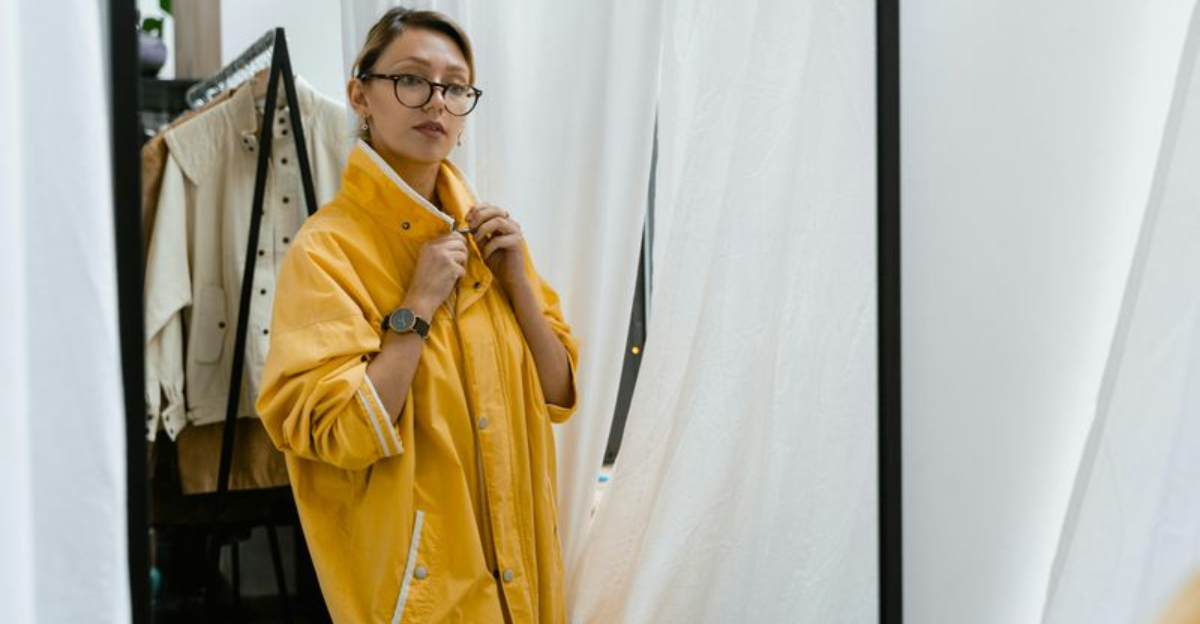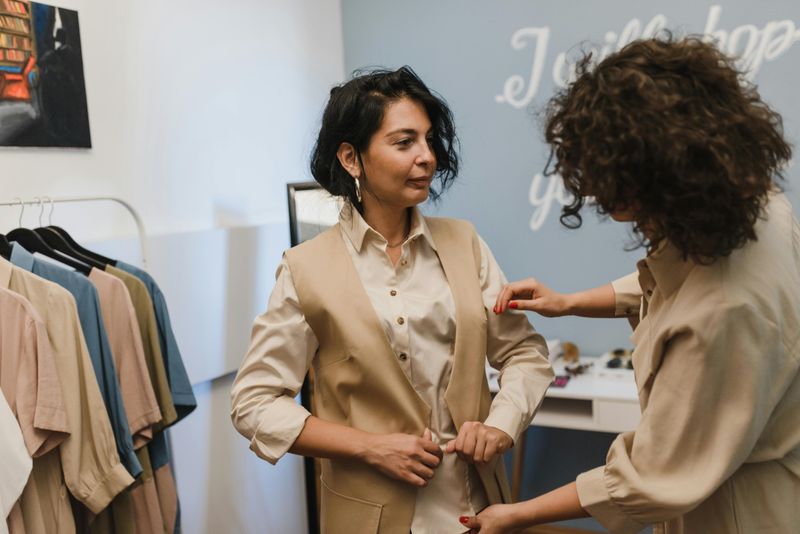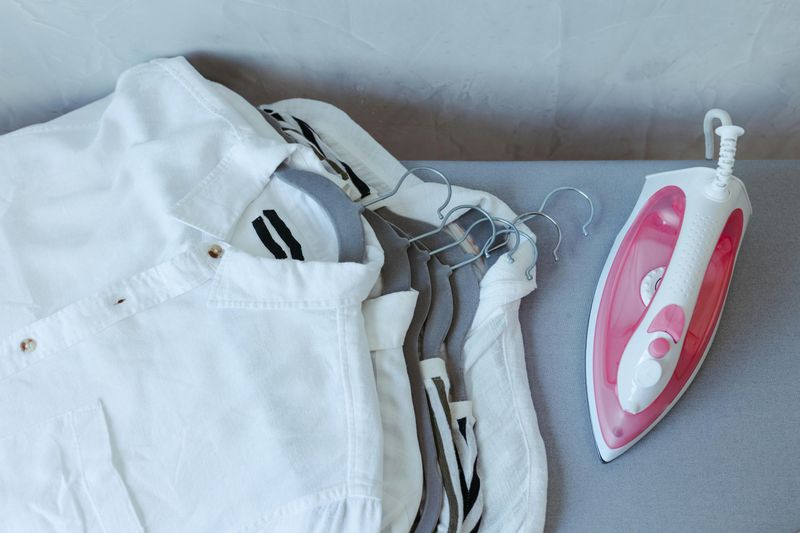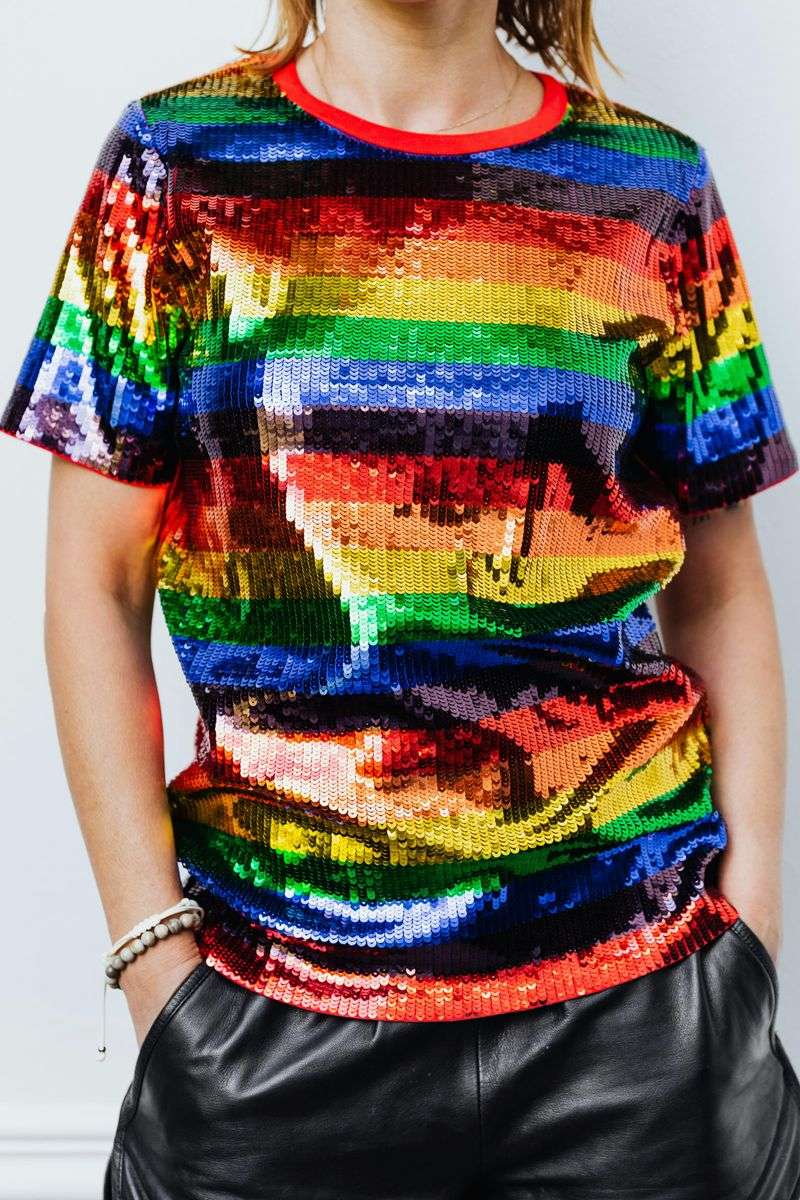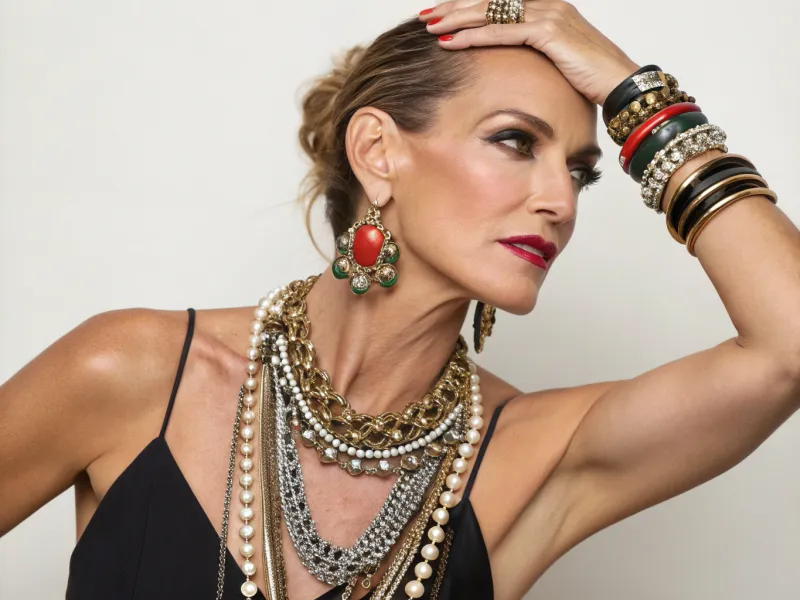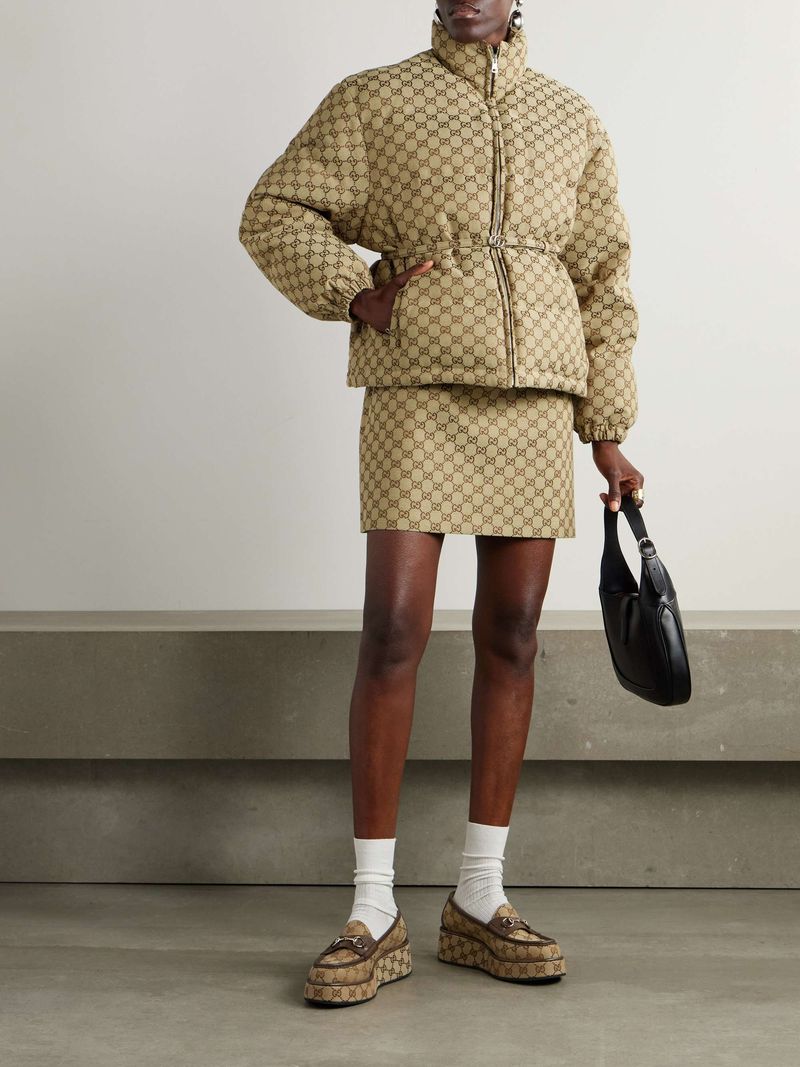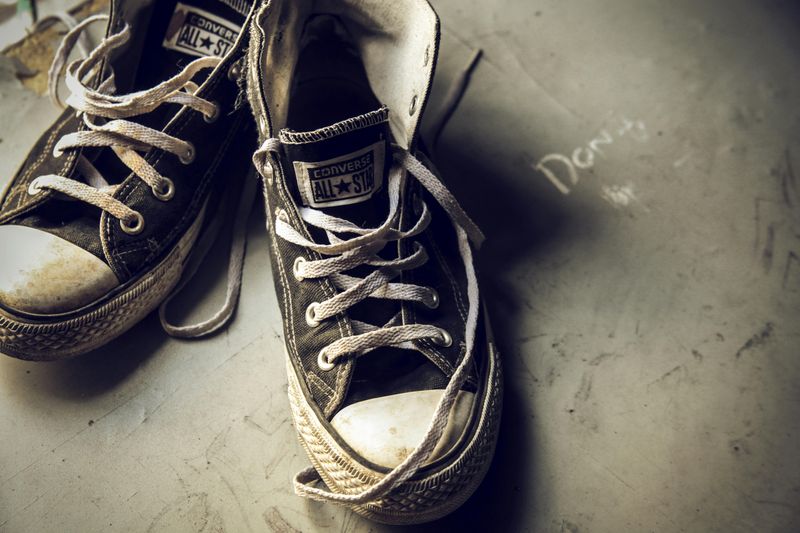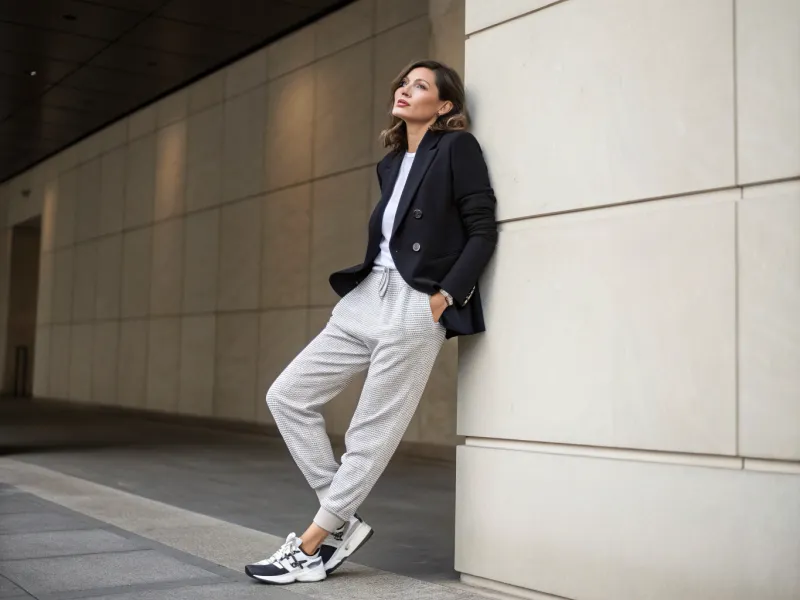Looking polished and put-together doesn’t require a massive budget or designer labels. Sometimes, small fashion missteps can accidentally make even expensive clothing appear less impressive than it really is. Understanding which choices work against you helps create outfits that look intentional, stylish, and high-quality, no matter what you spent on them.
1. Wearing Clothes That Don’t Fit Properly
Fit matters more than anything else in fashion. A well-fitted outfit from an affordable store will always look better than designer clothes that are too big or too small. When your sleeves bunch up awkwardly or your pants drag on the ground, it signals that you didn’t take time to find the right size.
Tailoring can be your secret weapon here. Taking clothes to a tailor for minor adjustments costs less than you’d think. Hemming pants, taking in a waist, or shortening sleeves transforms how polished you appear.
Pay attention to shoulder seams, sleeve length, and how fabric drapes on your body. These details separate outfits that look expensive from those that don’t.
2. Ignoring Wrinkles and Fabric Care
Crumpled, wrinkled clothing screams carelessness, no matter how much it cost originally. Fabrics need proper care to maintain their appearance and structure over time. Skipping the iron or steamer before heading out undermines your entire look instantly.
Different materials require different care approaches. Cotton wrinkles easily but responds well to ironing, while synthetic blends might need gentler heat settings. Reading care labels prevents damage and keeps clothes looking fresh longer.
Invest in a basic steamer if ironing feels too time-consuming. Hanging clothes properly after washing also reduces wrinkles naturally. These small habits make a noticeable difference in how expensive your wardrobe appears.
3. Choosing Overly Shiny or Cheap-Looking Fabrics
Fabric quality speaks volumes before anyone notices the brand label. Shiny polyester, overly glossy satin, or stiff synthetic materials often look inexpensive under natural light. These fabrics catch light in unflattering ways that draw attention to their artificial appearance.
Natural fibers like cotton, linen, and wool typically photograph and wear better than synthetic alternatives. Blended fabrics can work well too, especially when the synthetic percentage stays low. Touch fabrics before buying to assess their weight and texture.
Matte finishes generally appear more sophisticated than high-shine options. When shopping, consider how fabric moves and drapes rather than just the color or pattern you like.
4. Overaccessorizing With Too Many Statement Pieces
More isn’t always better when it comes to jewelry and accessories. Piling on multiple bold pieces creates visual chaos that distracts from your overall outfit. Each statement item competes for attention, making everything look cluttered and uncoordinated.
Fashion experts often recommend the rule of three: choose one statement piece and keep everything else subtle. Maybe wear dramatic earrings with simple rings, or a bold necklace without competing bracelets. This approach creates balance and sophistication.
Quality over quantity applies perfectly to accessories. One well-chosen piece makes more impact than five mediocre ones worn simultaneously. Give your statement items room to shine by keeping the rest minimal.
5. Wearing Visible Logo Overload
Logos everywhere can actually work against you, making outfits appear try-hard rather than genuinely stylish. When every item screams its brand name, the look becomes about labels instead of personal style. True fashion confidence comes from thoughtful choices, not advertising.
Subtle branding often signals higher quality and sophistication. Many luxury brands offer logo-free options that let craftsmanship speak for itself. Mixing one branded piece with logo-free items creates better visual balance.
Consider that the wealthiest, most fashionable people often wear understated pieces without obvious branding. They invest in quality construction and timeless design rather than flashy labels that announce themselves loudly.
6. Neglecting Proper Shoe Maintenance
Shoes make or break an outfit, yet they’re often the most neglected items in a wardrobe. Scuffed, dirty, or worn-down shoes instantly cheapen even the most carefully planned ensemble. People notice footwear more than you might think, especially in professional or formal settings.
Regular cleaning and polishing keeps leather shoes looking sharp for years. Replace worn heels and soles before they become obviously damaged. Even inexpensive shoes look better when properly maintained and cared for regularly.
Store shoes properly to maintain their shape and prevent creasing. Shoe trees help leather shoes keep their form between wears. These simple maintenance steps extend shoe life while keeping your overall appearance polished.
7. Mismatching Outfit Formality Levels
Mixing formality levels without intention creates confusion and looks unpolished. Pairing a formal blazer with athletic sneakers might work in certain styled contexts, but randomly combining dressy and casual pieces often appears accidental rather than fashionable. Each outfit element should speak the same style language.
Understanding dress codes helps you blend pieces appropriately. Business casual means something specific, just like smart casual or cocktail attire. When pieces match in formality, outfits look cohesive and intentional.
Exceptions exist for deliberate high-low mixing, but this requires fashion knowledge to pull off successfully. For everyday dressing, keeping formality consistent across your outfit creates the most polished, expensive-looking results.
